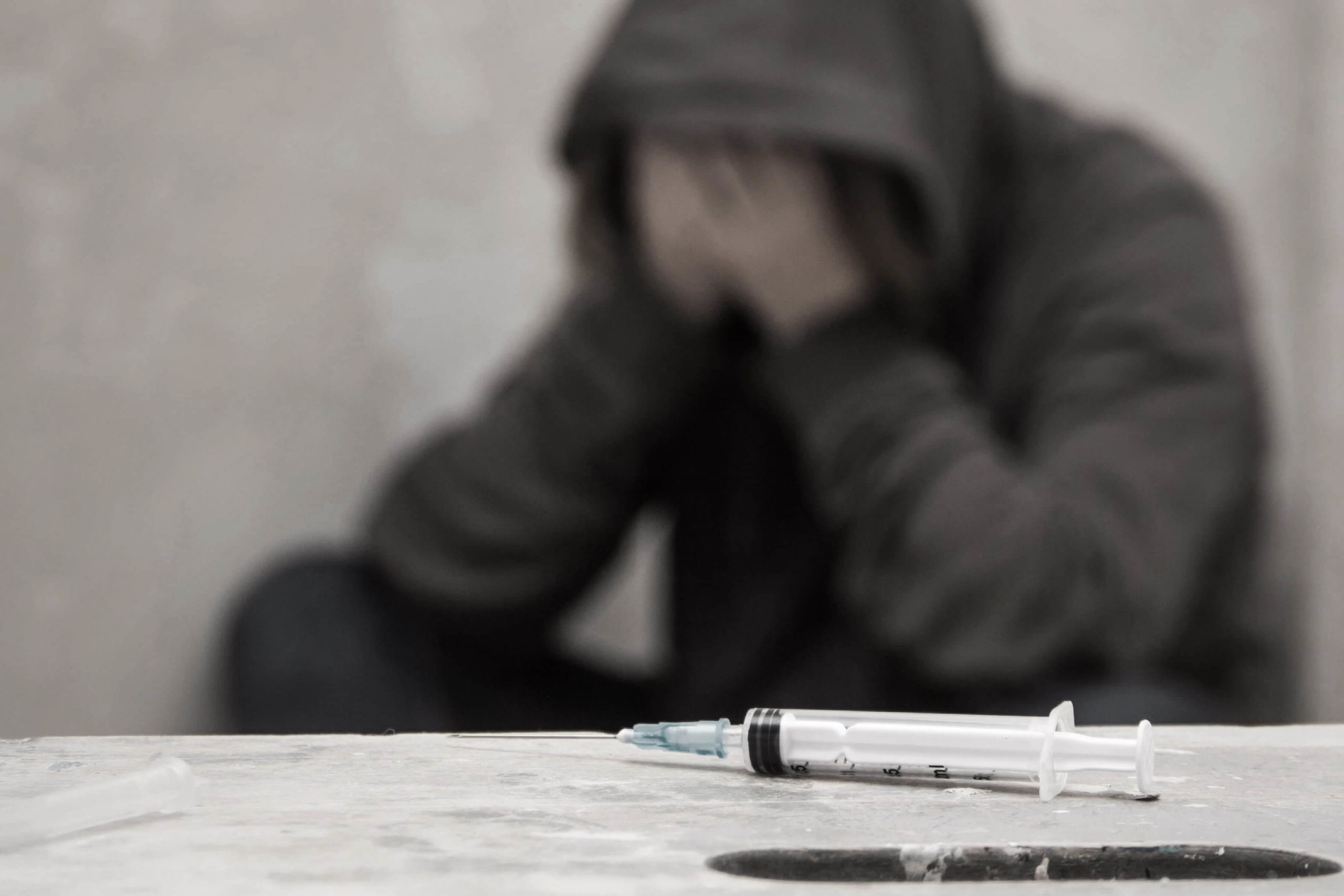Too many Americans are using heroin or trying it for the first time, according to the National Survey on Drug Use and Health. The study revealed that over 900,000 people reported using heroin in 12 months, while almost 700,000 are estimated to suffer from heroin use disorder. More disturbing is the 2021 Monitoring the Future Survey results, which found about 0.2% of 8th graders, 0.1% of 10th graders, and 0.1% of 12th graders had used heroin in the past 12 months.
Heroin is derived from morphine and is highly addictive and dangerous. Even though morphine is a natural substance derived from the poppy plant, heroin harms a person’s body and brain in multiple ways, and it’s two or three times more potent than morphine.
How Heroin Affects the Brain
The chemical structure of morphine and its derivatives, including heroin, is like that of endorphins. Some have even called endorphins a natural opiate. When someone uses heroin, the drug binds to the same receptor sites endorphins do. Unfortunately, heroin is not only an imposter but also much more potent than naturally occurring endorphins. The result is someone using heroin develops an addiction.
Much about how heroin affects the brain is unknown. Questions like how the drug interacts with the brain and what causes tolerance and addiction remain.
How Heroin Affects the Body
Heroin causes multiple short-term effects on the body, including a reduction in pain, a rush of euphoria, nausea, and drowsiness. It also reduces respiration, leading to breathing problems. More long-term physical effects include:
- Chronic constipation
- Skin infections
- Severe itching
- Lung infections
- Kidney or liver disease
- Collapsed veins
- Fertility issues
- Impotence
- Poor nutrition
- Reduced immunity
Using heroin increases a person’s risk of sexually transmitted diseases, stroke, and overdose. Signs of overdose are:
- Dangerously low body temperature
- Slowed breathing
- Blue lips and fingernails
- Cold or clammy skin
- Convulsions
- Coma
Naloxone is a medication that can help to reverse an opioid overdose rapidly. It binds to the brain’s opioid receptors, changing and blocking heroin’s effects. It can be given by spray into the nose, as a shot, or as an intravenous injection.
Long-Term Heroin Use
Regular, long-term heroin use leads to changes in the brain’s structure. Studies have found that heroin can deteriorate white matter in the brain. This leads to issues with decision-making, behavior regulation, and stress responses.
Using heroin also increases a person’s risk of tolerance and addiction. Tolerance is when more heroin is needed to generate the same feelings and effects. From tolerance comes addiction, when an individual has both a mental and physical need for the drug that drives them. They will begin to feel bad without heroin in their system and suffer from withdrawal symptoms. Common heroin withdrawal symptoms are:
- Cravings
- Diarrhea and vomiting
- Stomach cramps
- Sweating
- Bone, joint, and muscle pain and twitching
- Mood swings and crying
Finally, as a person’s problems with heroin continue, they risk losing their relationships, careers, and home as their need for heroin becomes all-consuming.
Treatment for Heroin Addiction
Heroin use disorder treatment includes a combination of behavioral therapies and medications, known as medication-assisted treatment or MAT. Three medicines have been approved by the U.S. Food and Drug Administration (FDA) to treat opioid dependence, including heroin addiction — methadone, buprenorphine, and naltrexone.
Naltrexone blocks heroin’s euphoric and sedative effects. Methadone can help reduce cravings and withdrawal symptoms, while buprenorphine also diminishes the effects of physical dependence on heroin. These medications are safe to use for months, years, or even longer.
Mental health therapists, social workers, psychologists, or substance abuse counselors deliver behavioral or psychosocial treatments. Options include contingency management and cognitive-behavioral therapy (CBT).
Contingency management is based on a rewards system, where the person earns points or vouchers for their negative drug tests. Points are redeemed for items that promote healthy living and choices.
The other option, CBT, teaches skills to help people cope with stress and life’s challenges instead of turning to heroin. It aims to modify their expectations and behaviors from what led to heroin use and towards more sustainable and healthy choices. The frequency of how often someone attends a behavioral treatment will vary depending on the individual and where they are in their recovery journey.
A licensed mental health and substance abuse intensive outpatient program (IOP) in Scottsdale, Arizona, Rising Phoenix was created to offer a safe, welcoming, and nurturing environment where clients are not judged, but embraced, throughout their recovery process.

